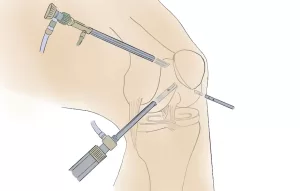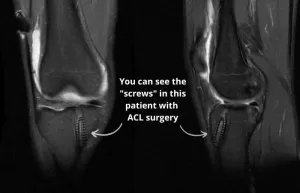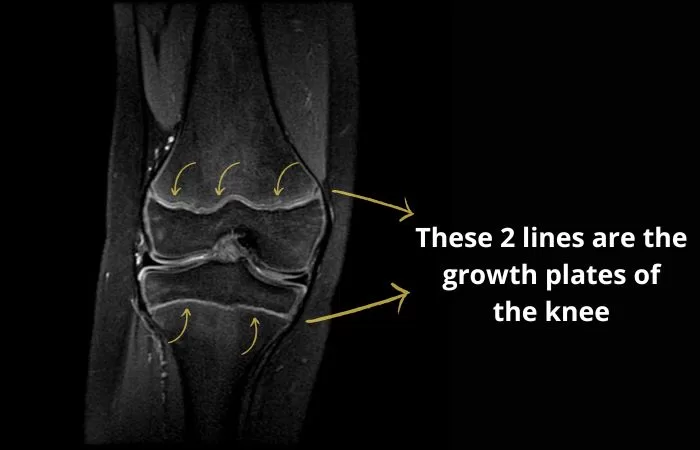Before surgery
The first thing you have to bear in mind is, you have to wait some weeks before undergoing ACL surgery. You can’t just go into the operating room right after tearing your ACL.
That’s because the swelling needs some time to go down.
Also, that allows some time for other structures to heal. For example, imagine you also injured your lateral collateral ligament. That one doesn’t need surgery, it will heal on its own. In those weeks, it can start its healing process.
Before going into the operating room, your doctors and you will decide about which type of anesthesia they’ll use. A common option is having a nerve block on your leg and then some sedation on yourself, so you will be kind of sleepy and dizzy during surgery. That way, you won’t feel any pain.
Then, ACL surgery starts
Now you are in the hands of your surgeon. The first step is getting the graft. As we explained in another post (link) there are two types of grafts. If your doctor is using an autograft, they need to harvest it from some of your tendons, for example your patellar tendon, on the front of your knee.
Then, when the graft is ready, your surgeon will perform an arthroscopy. We also call it keyhole surgery, because it doesn’t require cutting the knee open. Instead, they will insert some thin rods through some small incisions. Those rods will carry the tools inside: a camera, scalpel, forceps…

The goal of arthroscopy is to get a view of the knee from inside. Also, we can treat meniscal tears if there are any, and clean any torn tissue—like the broken ACL.
In order to attach the graft to your knee, they will drill one hole on your tibia and another one on your femur. Then, they’ll fix the graft to these holes using some special screws.

After making sure the graft is tight, they’re done.
Then, they’ll stitch the incisions and cover everything with dressings.
After surgery
As the anesthesia effect starts to wash out, you will feel some pain, so you can take painkillers like:
- Non-steroidal anti-inflammatory drugs (NSAIDs): our first choice, try these before anything else
- Opioids: they are more powerful but also, addictive. So you have to be really careful and not use them unless it’s really necessary
What things can go wrong during ACL surgery?
As with any procedures, there is some risk of complications, such as:
- Failure of graft: it doesn’t happen immediately, but after a few weeks/months. The graft gets loose and it loses tension. If usually requires a new surgery, to get a new graft in place.
- Stiffness: this is why it’s important to really pay attention to physical therapy (PT). If you start early with PT and take it seriously, you will gain back your mobility. If you don’t, there is some risk of stiffness. If your knee does get stiff and it doesn’t improve with PT, your doctor can choose to take you to the operating room again, to remove fibrotic tissue.
- Fracture of the patella or rupture of the tendon: in those cases where they use your patellar tendon (autografts). It’s not common, but they can break your patella while removing a strip of your tendon.
- In children, there is a risk that they’ll damage the growth plate with the drills and screws. What does it mean? The plate is where the bone grows, so their femur may stop growing at its normal rate. That will make that leg get shorter than the other as the child grows. For that reason, some pediatric surgeons choose to wait before doing ACL surgery on kids, until they are adults. Other doctors, however, change the direction of the screw to avoid damaging the plate.

- Infection: the risk is very low because conditions are sterile and arthroscopy is very safe, infection-wise.
- Bleeding: it may happen if they damage the closest artery, which is the popliteal artery.
Leave a Reply